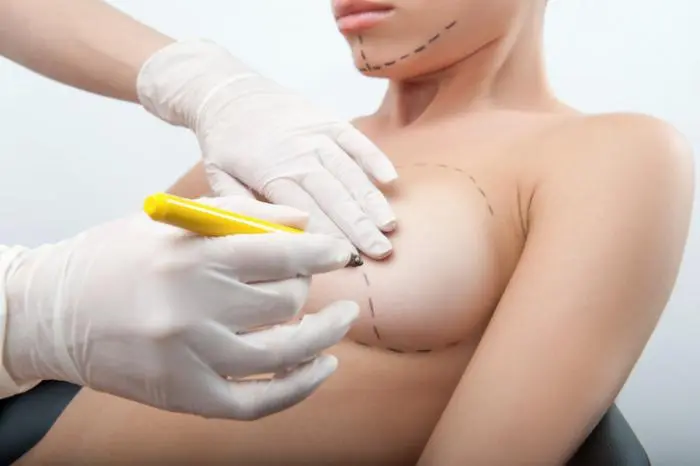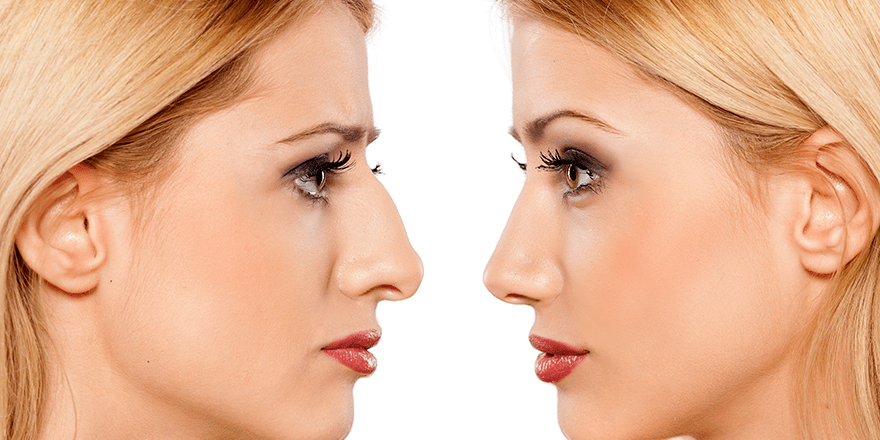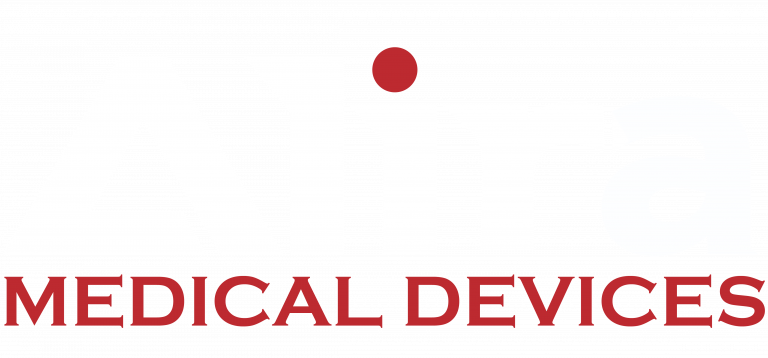Thing you need to know about NeoGraft instruments
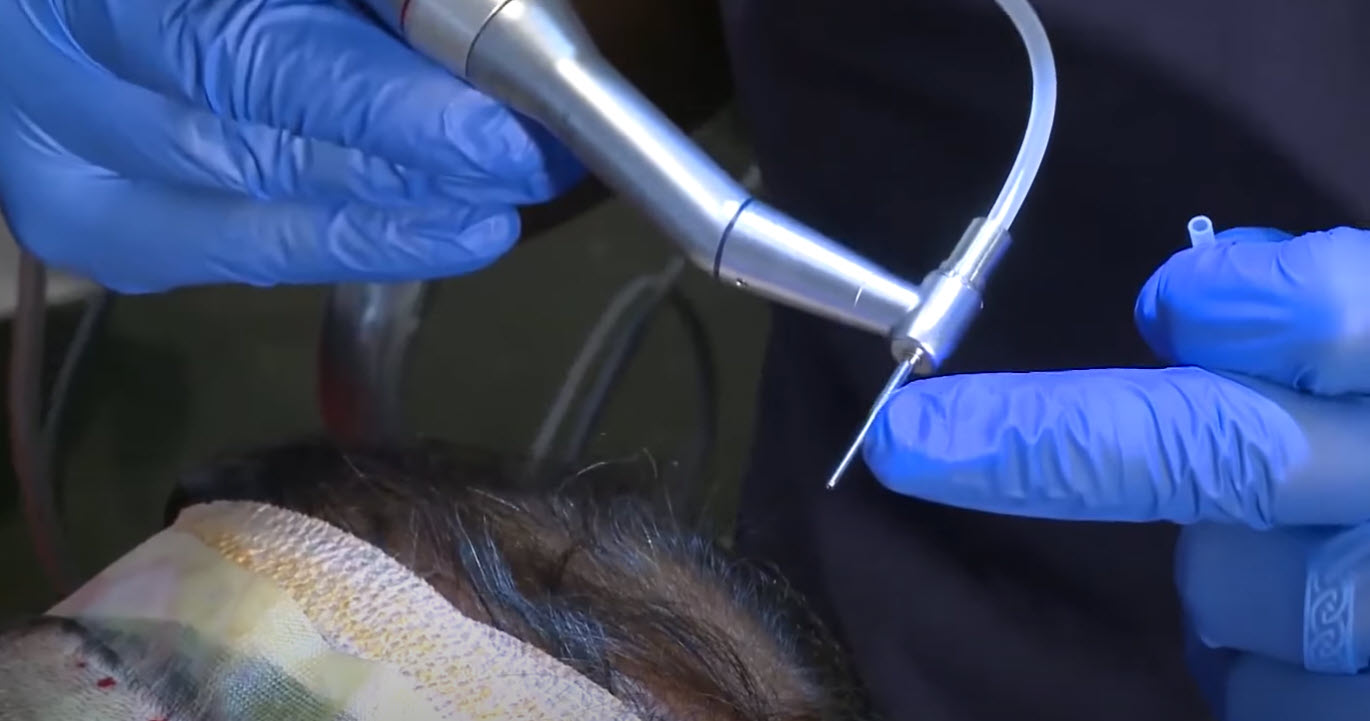
Neograft is a brand name for a minimally invasive hair transplantation procedure. This procedure uses a device called the Neograft instrument to extract hair follicles from the donor area (usually the back of the head) and transplant them to the recipient area (usually the front or top of the head). The Neograft instrument is designed to minimize damage to the hair follicles during the extraction process and promote successful transplantation.
The Neograft instrument is a handheld device that uses pneumatic pressure to extract individual hair follicles, one at a time. This minimizes damage to the follicles and reduces the chances of follicle transection (breakage). The Neograft instrument also has a built-in vacuum system to help keep the follicles intact during the transplantation process.
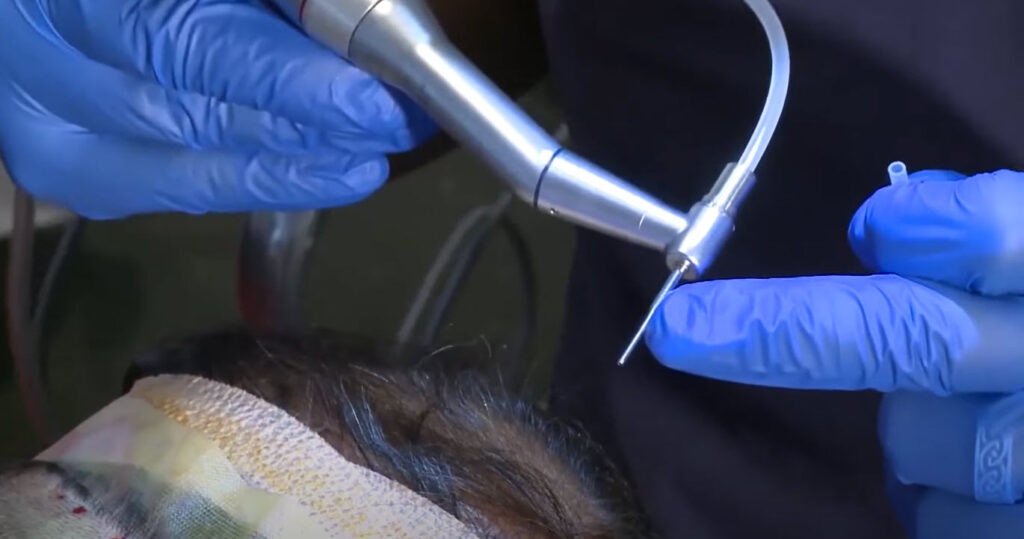
One of the benefits of the Neograft procedure is that it is minimally invasive, which means there is no need for surgical incisions or sutures. Instead, the Neograft instrument is used to make tiny, circular incisions in the scalp. This reduces the risk of scarring and speeds up the healing process.
Another benefit of the Neograft procedure is that it is less time-consuming than traditional hair transplant procedures. The Neograft instrument can extract and transplant hair follicles more quickly than manual methods, which means the procedure can be completed in a single day. This can be especially important for people with busy schedules who want to get back to their normal activities as soon as possible.
Finally, the Neograft procedure can provide very natural-looking results. Because the Neograft instrument extracts and transplants individual hair follicles, it is possible to achieve a very dense, natural-looking head of hair. Additionally, the Neograft procedure can be used to transplant hair to areas that were previously not possible with traditional hair transplant techniques.
In conclusion, the Neograft instrument is a state-of-the-art device that provides many benefits for people undergoing hair transplantation. It is minimally invasive, quick, and provides natural-looking results. If you are considering a hair transplant, you may want to consider the Neograft procedure and speak with a doctor about whether it is the right choice for you.


